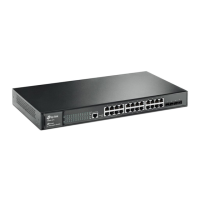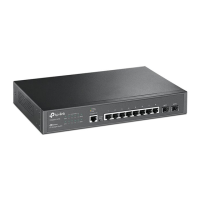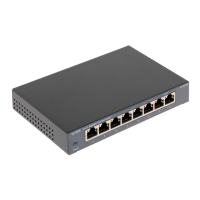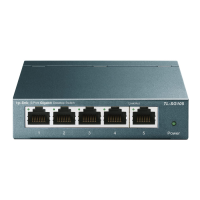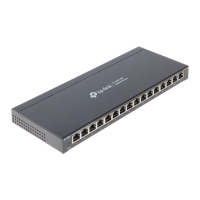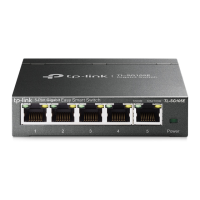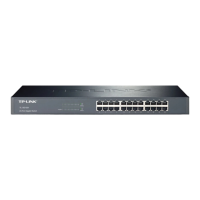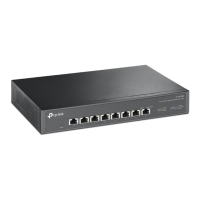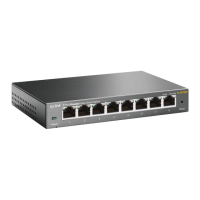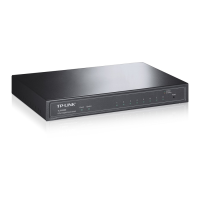User Guide 556
Configuring DHCP Service DHCP Relay Configuration
Choose the menu L3 FEATURES > DHCP Service > DHCP Relay > DHCP VLAN Relay to
load the following page.
Figure 3-3 Configure DHCP VLAN Relay
Follow these steps to specify DHCP Server for the specific VLAN:
1) In the Default Relay Agent Interface section, specify a Layer 3 interface as the default
relay agent interface. Then click Apply.
Interface ID Specify the type and ID of the interface that needs to be configured as the default
relay agent interface.
You can configure any existing Layer 3 interface as the default relay-agent
interface. The DHCP server will assign IP addresses in the same subnet with this
relay agent interface to the clients who use this relay-agent interface to apply for
IP addresses.
IP Address Displays the IP address of this interface.
Note:
•
If the VLAN the clients belong to already has an IP address, the switch will use the client’s
own VLAN interface as the relay-agent interface. The manually specified default relay
agent will not take effect.
•
DHCP VLAN Relay will not work on routed ports or port channel interfaces, because they
are not associated with any particular VLAN.
2) In the DHCP VLAN Relay Config section, click to load the configuration page.
Figure 3-4 Specify a DHCP server for the VLAN
Specify the VLAN the clients belong to and the server address. Click Create.
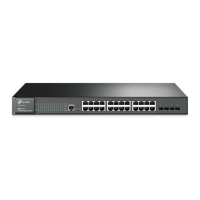
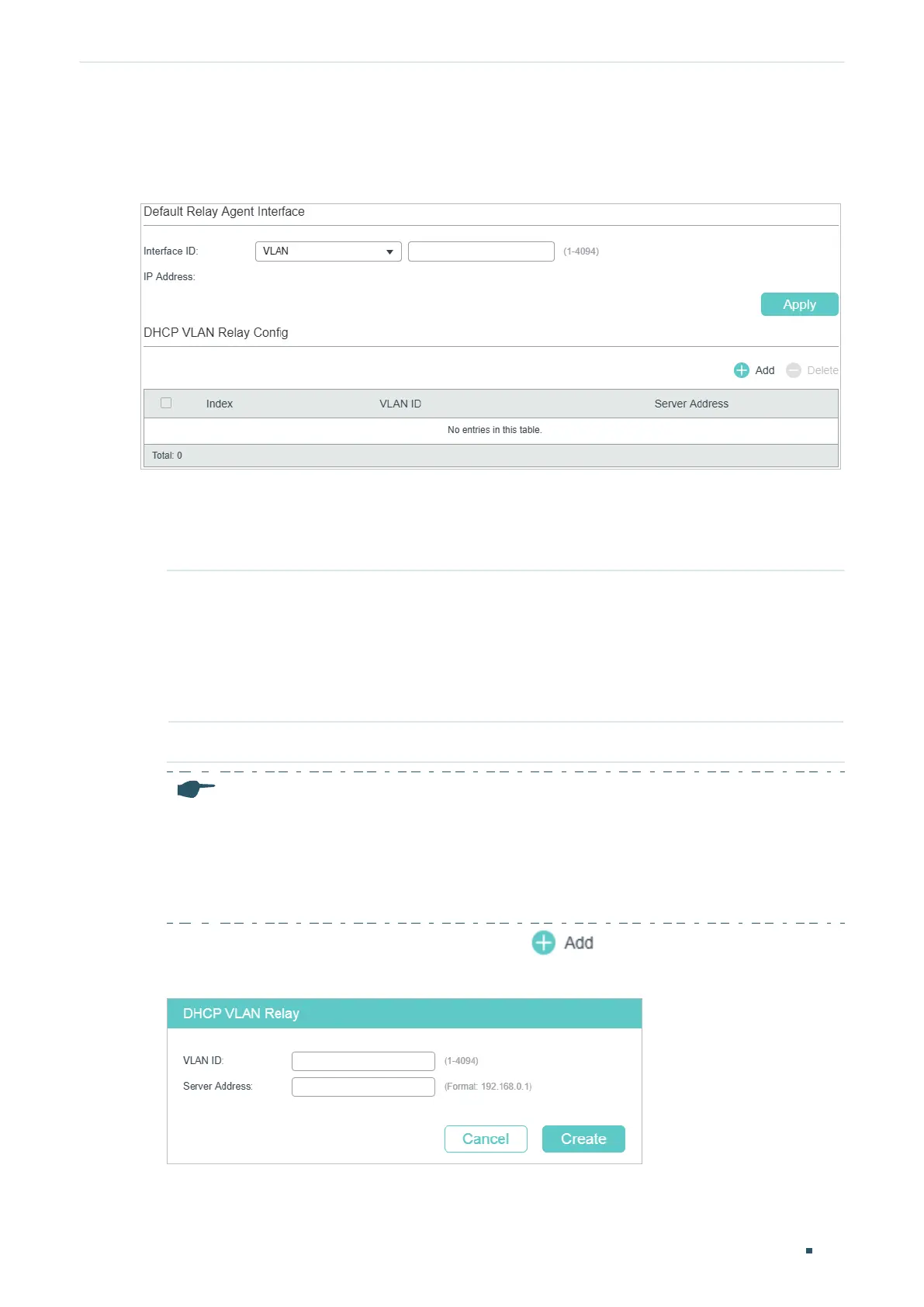